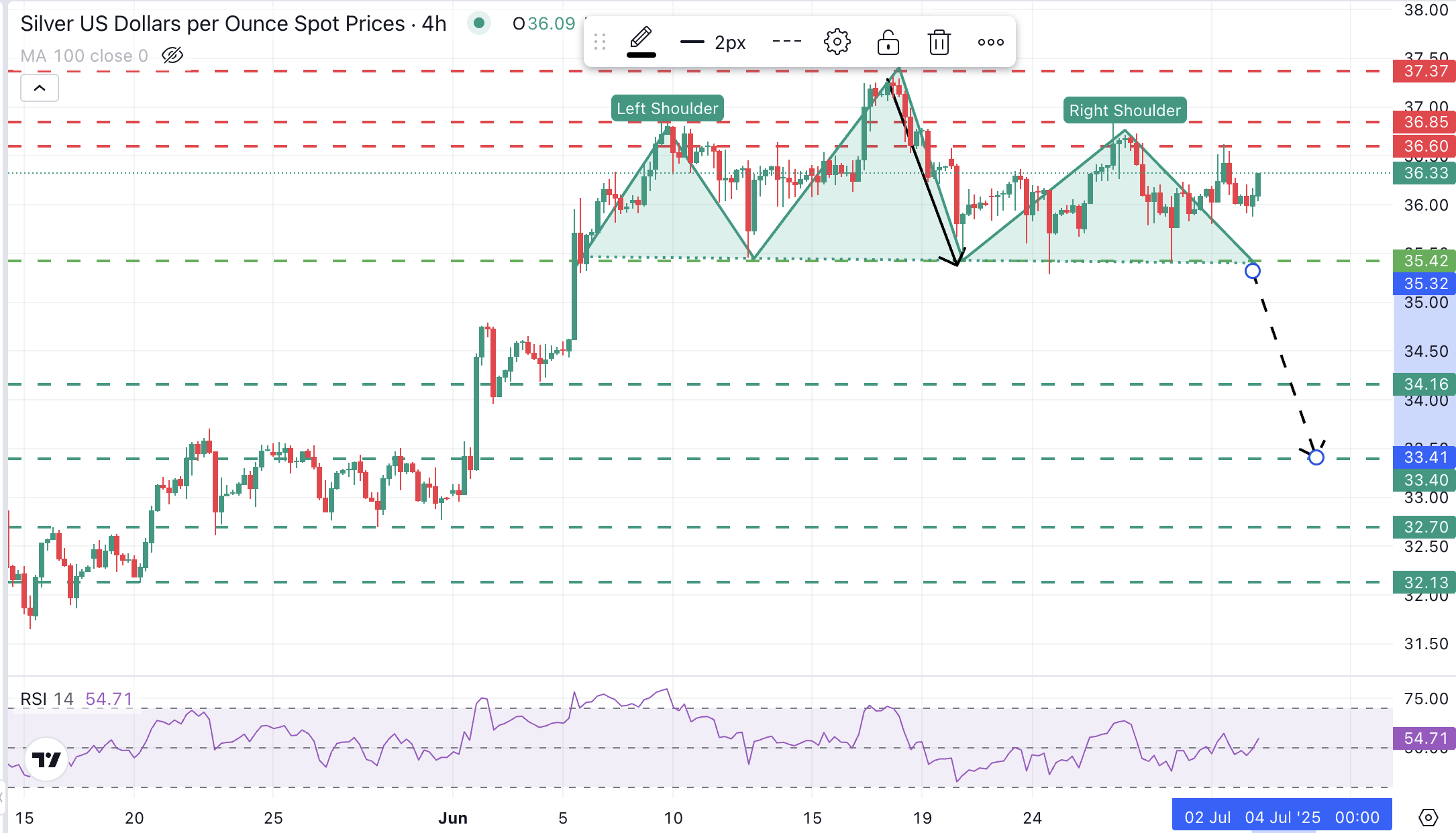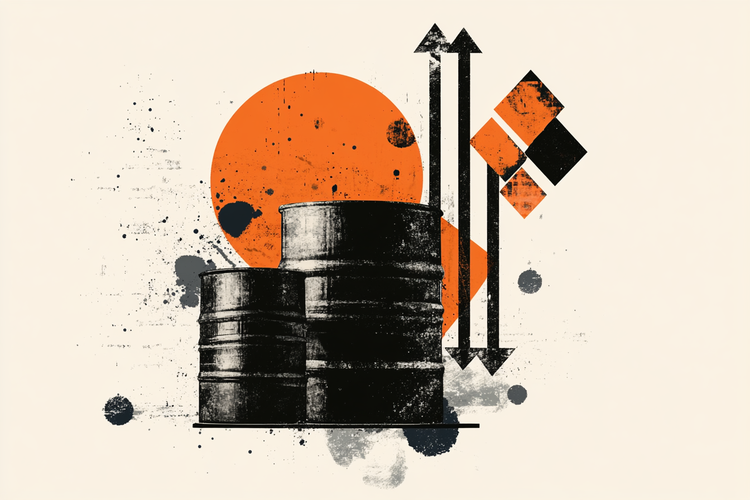- La Plata continues to keep afloat above $ 36.00, without a clear bias.
- Investors are waiting for more US employment data to better evaluate the possibilities of a relief by the Fed.
- XAG/USD needs to break the support at $ 35.40 or resistance at $ 37.35.
La Plata (XAG/USD) is quoting from one place to another close to the level of $ 36.00, with investors showing hesitation and waiting for more data on the US labor market for a more accurate evaluation of the moment of the feat cuts of the Fed.
Employment offers in the US exceeded expectations on Tuesday, and the ISM manufacturing PMI highlighted a significant improvement in the business activity of the sector. These data, together with the cautious tone of Fed Powell, provided some support to the US dollar on Tuesday.
Technical Analysis: XAG/USD Look for address around 36.00

The technical indicators show a hesitant market, underlined by the DOJI candles in the daily chart, while the 4 -hour RSI continues to fluctuate around level 50, suggesting a clear lack of bias.
The precious metal continues to quote within the range of the last three weeks, between 35.40 $ and 37.35 $, consolidating profits after a strong rally since the minimums of early May.
At the bottom, a breakdown of the aforementioned level of 35.40 $ would confirm an H&S bearish pattern, a common signal of trend changes, and increase the pressure towards 34.10 $ (minimum of June 4) and the measured objective of the employer, in 33.43 $.
The area between 36.60 and $ 36.85 (maximum of June 26 and July 1) is keeping the bulls for now and closing the road to the maximum of June 18, at 37.35 $.
SILVER – FREQUENT QUESTIONS
Silver is a highly negotiated precious metal among investors. Historically, it has been used as a value shelter and an exchange means. Although it is less popular than gold, operators can resort to silver to diversify their investment portfolio, for their intrinsic value or as a possible coverage during periods of high inflation. Investors can buy physical silver, in coins or bullion, or negotiate it through vehicles such as the funds quoted in the stock market, which follow their price in international markets.
Silver prices can move due to a wide range of factors. Geopolitical instability or fears of a deep recession can cause the price of silver to shoot due to its safe refuge status, although to a lesser extent than that of gold. As an asset without performance, silver tends to climb with lower interest rates. Its movements also depend on how the US dollar (USD) behaves, since the asset is quoted in dollars (XAG/USD). A strong dollar tends to maintain the price of silver at bay, while a weaker dollar probably drives rising prices. Other factors such as investment demand, mining – silver supply is much more abundant than gold – and recycling rates can also affect prices.
Silver is widely used in the industry, particularly in sectors such as electronics or solar energy, since it has one of the highest electrical conductivities of all metals, surpassing copper and gold. An increase in demand can increase prices, while a decrease tends to reduce them. The dynamics in US economies, China and India can also contribute to price fluctuations: for the US and particularly China, its large industrial sectors use silver in several processes; In India, the demand for consumers for precious metal for jewelry also plays a key role in pricing.
Silver prices tend to follow gold movements. When gold prices go up, silver typically follows the same path, since their status as shelter is similar. The gold/silver ratio, which shows the number of ounces of silver necessary to match the value of an ounce of gold, can help determine the relative valuation between both metals. Some investors may consider a high ratio as an indicator that silver is undervalued, or that gold is overvalued. On the contrary, a low ratio could suggest that gold is undervalued in relation to silver.
Source: Fx Street
I am Joshua Winder, a senior-level journalist and editor at World Stock Market. I specialize in covering news related to the stock market and economic trends. With more than 8 years of experience in this field, I have become an expert in financial reporting.







